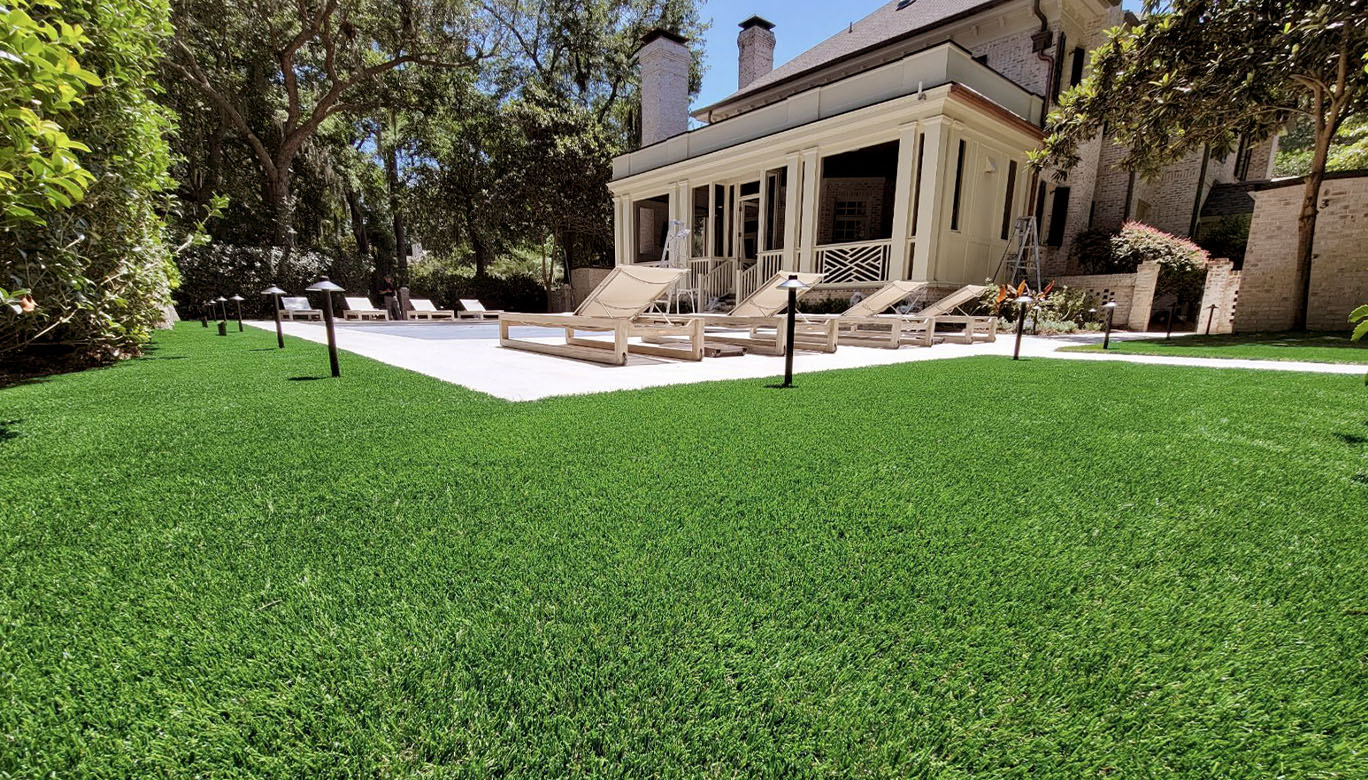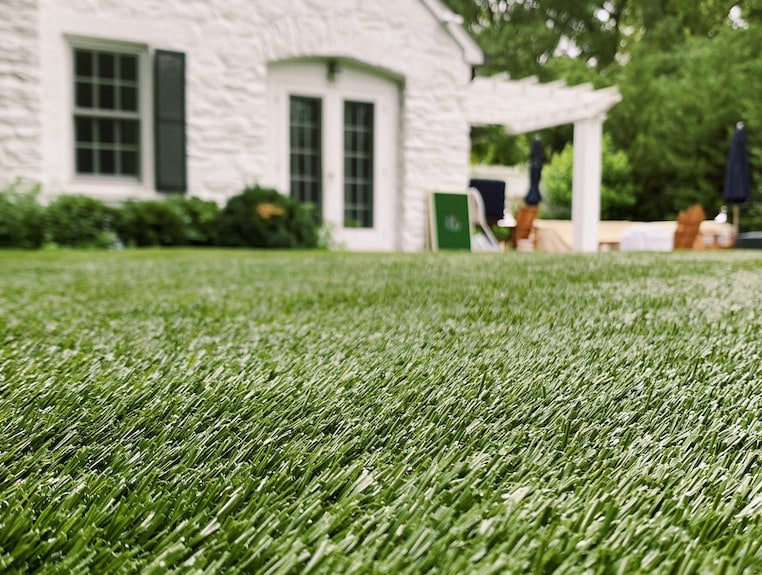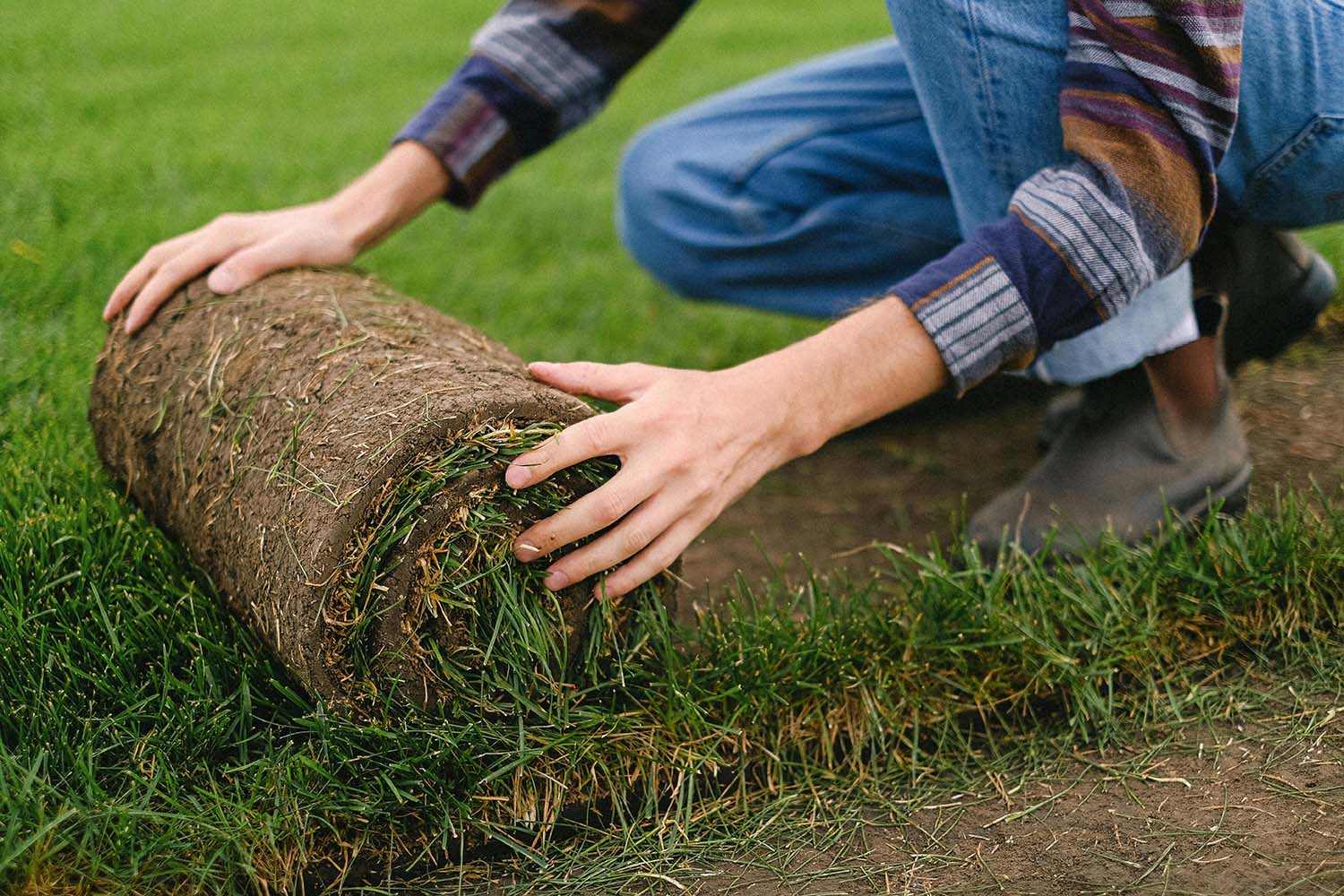Premier Phoenix Turf Companies Offering Superior Synthetic Lawn Products
Premier Phoenix Turf Companies Offering Superior Synthetic Lawn Products
Blog Article
Delve Into the Environmental Conveniences of Opting for Synthetic Grass Solutions
The adoption of man-made grass solutions offers an engaging chance to address pressing ecological challenges. By substantially reducing water usage and lessening the application of unsafe chemicals, these options not only advertise sustainable landscaping but also safeguard neighborhood ecological communities.
Water Preservation Benefits
One of the most considerable advantages of synthetic grass is its capability to conserve water. In contrast, artificial turf does not need watering, considerably minimizing the general demand for water resources.
By eliminating the need for regular watering, fabricated grass adds to lasting landscape practices and aids mitigate the ecological impact of extreme water intake. The conservation of water extends to the decrease of overflow, which can lead to dirt disintegration and river air pollution.
In addition, the installation of synthetic grass allows property owners and communities to allocate water resources a lot more successfully, concentrating on vital usages such as alcohol consumption water and agriculture. The change in the direction of man-made grass not just promotes liable water use however also straightens with wider environmental objectives targeted at protecting all-natural resources.
As neighborhoods progressively prioritize sustainability, the water conservation benefits of synthetic turf present a compelling situation for its adoption in property and industrial landscape design projects.
Decreased Chemical Use
The shift to synthetic grass substantially reduces the reliance on chemical therapies generally made use of in all-natural turf upkeep. Typical lawn management normally includes the application of fertilizers, herbicides, and chemicals to promote growth and control insects. These chemicals can position threats to human wellness, neighborhood wildlife, and the setting, adding to soil and water contamination.
In contrast, fabricated grass eliminates the need for these harmful materials. As soon as set up, it requires minimal maintenance, largely containing regular cleaning and seldom infill replenishment. This reduction in chemical use not just profits the instant atmosphere but also adds to broader eco-friendly stability. By reducing the launch of synthetic substances into the community, fabricated turf advertises healthier dirt and water systems.
In addition, the lack of chemical runoff linked with synthetic grass setups helps shield neighborhood rivers from pollution, supporting water life and preserving biodiversity. Turf installation phoenix az. As areas progressively prioritize sustainable methods, choosing fabricated lawn offers a feasible option that aligns with ecological preservation goals. Via this change, homeowner can appreciate lavish eco-friendly spaces without compromising ecological health and wellness, leading the means for an extra sustainable future
Reduced Carbon Impact

Moreover, the installment of synthetic turf can lead to substantial water conservation. All-natural lawns need considerable amounts of water for watering, which not only includes in the carbon footprint linked with water removal and treatment yet also stress regional water resources. On the other hand, synthetic grass needs very little upkeep, needing no watering, consequently substantially minimizing water usage and its associated power costs.
In addition, the durability of fabricated turf adds to its lower carbon effect. With a life-span of as much as 15 years or even more, the demand for constant substitutes is reduced, resulting in much less waste and lower power intake in production and throwing away typical grass options. In general, fabricated grass offers a sustainable option for ecologically mindful landscaping.
Habitat Preservation
Habitat preservation is an essential factor to consider in the debate over landscape design options, specifically when contrasting synthetic grass to all-natural lawn. All-natural yard yards usually need extensive upkeep, consisting of the use of herbicides, fertilizers, and chemicals, which can adversely influence local communities. These chemicals can leach right into the dirt and rivers, hurting indigenous plants and animals and interrupting regional environments.
Fabricated turf removes site the demand for unsafe chemicals, thereby securing close-by wild animals and keeping the stability of surrounding ecosystems. The installation of synthetic grass can lead to the conversion of former yard locations right into even more biodiverse landscapes, such as pollinator yards or native plant locations, which can support neighborhood wildlife.
Eventually, the change to synthetic grass not only saves water and decreases upkeep efforts yet likewise promotes a more harmonious partnership between human tasks and the natural surroundings, advertising habitat preservation at the same time.
Long-Term Sustainability
Long-lasting sustainability is an important consider evaluating the advantages of fabricated lawn over typical lawn yards. One of one of the most considerable advantages of fabricated grass is its resilience; it can last as much as 15-20 years with marginal upkeep, whereas all-natural grass needs regular reseeding and substitute. This durability decreases the requirement for consistent sources, such as water, fertilizers, and pesticides, which are necessary for maintaining a healthy turf yard.
Additionally, synthetic grass adds to a decrease in carbon discharges related to lawn treatment equipment. Standard grass commonly need gas-powered lawn mowers, leaners, and blowers, every one of which add to air contamination. Arizona turf. On the other hand, synthetic grass removes the demand for such devices, promoting a cleaner environment
In addition, the manufacturing of man-made grass significantly makes use of recycled materials, improving its sustainability account. As producers take on environment-friendly techniques, the environmental impact of synthetic grass proceeds to lessen.

Verdict
The fostering of synthetic grass solutions provides considerable imp source environmental benefits, including significant water conservation, reduced reliance on unsafe chemicals, and a reduced carbon impact. Furthermore, synthetic grass aids in maintaining natural habitats by reducing land disturbance and advertising long-lasting sustainability via making use of sturdy materials. Collectively, these elements underscore the capacity of synthetic grass to add favorably to environmental health and provide a viable alternative to standard landscaping methods in a significantly resource-conscious globe.
In contrast, artificial grass does not need watering, significantly lowering the overall need for water resources. By reducing the launch of navigate to this site artificial compounds into the community, fabricated turf advertises much healthier dirt and water systems.
Moreover, the installment of synthetic turf can result in substantial water preservation. In comparison, synthetic grass requires minimal upkeep, requiring no watering, thereby significantly lowering water usage and its connected power costs.

Report this page